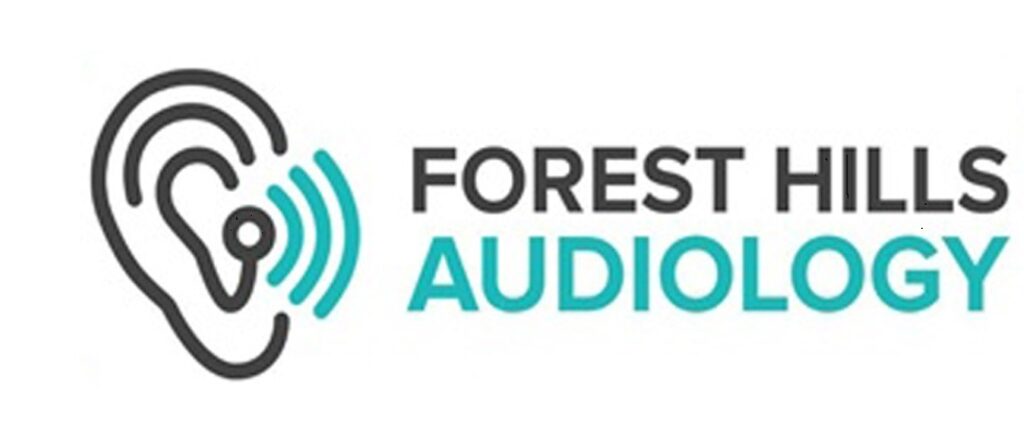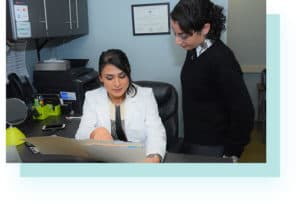Hearing loss is a common problem that affects millions of people worldwide. According to the World Health Organization (WHO), approximately 466 million people globally have a disabling hearing loss. Fortunately, there are many devices available to help people with this condition, one of which is assistive listening devices.
Assistive listening devices (ALDs) are devices designed to help people with hearing loss improve their ability to hear and understand speech and other sounds.
ALDs have versatile applications, from personal use at home and work to public use in theaters and restaurants. They come in many different forms, including personal amplifiers, FM systems, and loop systems.
Personal amplifiers are small, portable devices that are worn on the body and amplify sound. They are ideal for one-on-one conversations or in small group settings. Personal amplifiers are especially useful for people with mild to moderate hearing loss.
FM systems consist of a transmitter and a receiver. The transmitter is worn by the speaker, and the receiver is worn by the person with hearing loss. The transmitter sends the sound directly to the receiver, improving the clarity and quality of sound. FM systems are ideal for use in noisy environments, such as restaurants and classrooms.
Loop systems, also known as induction loops, use electromagnetic energy to transmit sound directly to a person’s hearing aid or cochlear implant. Loop systems are commonly used in public places such as theaters, churches, and airports. They are especially useful for people with severe to profound hearing loss.
Who Can Benefit from Assistive Listening Devices?
Assistive listening devices can benefit people of all ages and with all types of hearing loss. However, they are particularly helpful for people with severe to profound loss of hearing who may not benefit from hearing aids alone. ALDs can improve speech understanding audiologists play a vital role in helping people with hearing loss find the right assistive listening devices for their individual needs. An audiologist is a trained professional who specializes in the diagnosis and treatment of hearing disorders. They work closely with their patients to assess their hearing needs and recommend the most appropriate assistive listening devices.
Assistive listening devices can be especially helpful for children with hearing loss. Classrooms and playgrounds can pose hearing challenges for children with this condition. ALDs can help improve their ability to hear and understand speech, which can have a positive impact on their academic and social development.
In addition to personal amplifiers, FM systems, and loop systems, there are other types of assistive listening devices available. For example, alerting devices can be used to notify people with hearing loss of important sounds, such as doorbells and smoke alarms. Captioning devices can provide visual captions for television programs and movies, making them more accessible for people with hearing loss.
Tips for Getting the Most Out of Your Assistive Listening Device
Once you have selected an assistive listening device that is suitable for your needs, there are a few tips that can help you maximize its benefits. To ensure optimal performance, it’s crucial to set up your ALD correctly. Take the time to carefully read and understand the instructions before using it to avoid any potential issues. If necessary, ask for assistance from an audiologist to help you set up the device correctly.
Second, it is important to wear your device consistently and correctly. If you have a personal amplifier, make sure it is properly positioned on your body so that you can receive the best sound quality. For other devices, such as FM systems or loop systems, make sure you wear the receiver in the correct position and that the transmitter is positioned close enough to the source of the sound.
Third, it is important to practice using your device in different listening environments. This will help you get accustomed to the device and learn how to use its features effectively. If you are using an FM system, for example, you may need to adjust the volume or frequency to optimize speech understanding in different environments.
Fourth, regular maintenance and cleaning can help ensure that your device is functioning optimally. Make sure you follow the manufacturer’s instructions for cleaning and maintenance, and replace batteries or other parts as necessary.
Finally, don’t be afraid to ask for help or seek additional resources if needed. Your clinical audiologist can provide ongoing support and guidance, and there are many online resources and support groups available for people with hearing loss. You may also want to consider attending a hearing loss support group to connect with others who have similar experiences and learn from their experiences.
How to Use an Assistive Listening Device
If you have an ALD, here are some tips on how to use it effectively:
- Familiarize yourself with your ALD: Before using your ALD in a real-life situation, read the user manual and understand how to operate it. Make sure you know where the volume control, microphone, and other essential features are.
- Position the microphone properly: ALDs work by amplifying sound, so it’s essential to position the microphone in the right place. For instance, if you’re using a personal amplifier, clip the microphone close to the speaker’s mouth. If you’re using an FM system, ensure the speaker is wearing the transmitter microphone.
- Adjust the volume: If the sound is too loud or too low, it may be uncomfortable or ineffective. Adjust the volume to a comfortable level, and make sure the sound is clear.
- Reduce background noise: Background noise can interfere with your ability to hear, so it’s essential to minimize it as much as possible. Move to a quieter location and turn off any background noise sources such as fans or TVs.
- Maintain the ALD: Check the batteries regularly and replace them when necessary. Clean the microphone and earpieces to avoid the buildup of earwax and debris.
- Practice: Like any new skill, using an ALD may take some practice to become comfortable with. Try using it in various settings, such as meetings, social gatherings, and public events.
By following these tips and practicing, you can make the most of your ALD and enhance your overall communication and participation.


